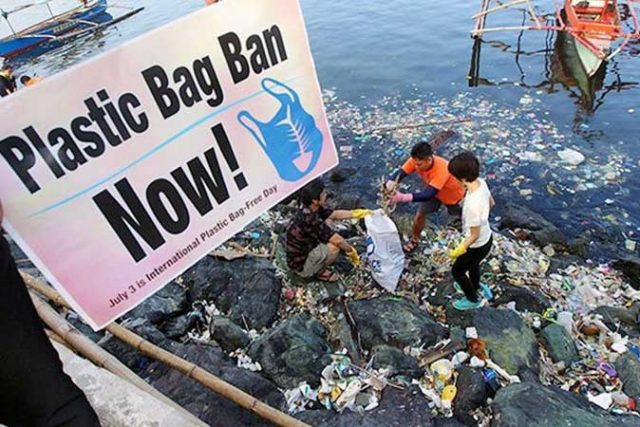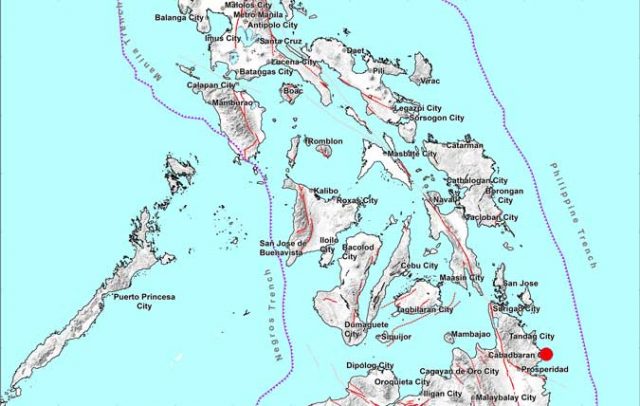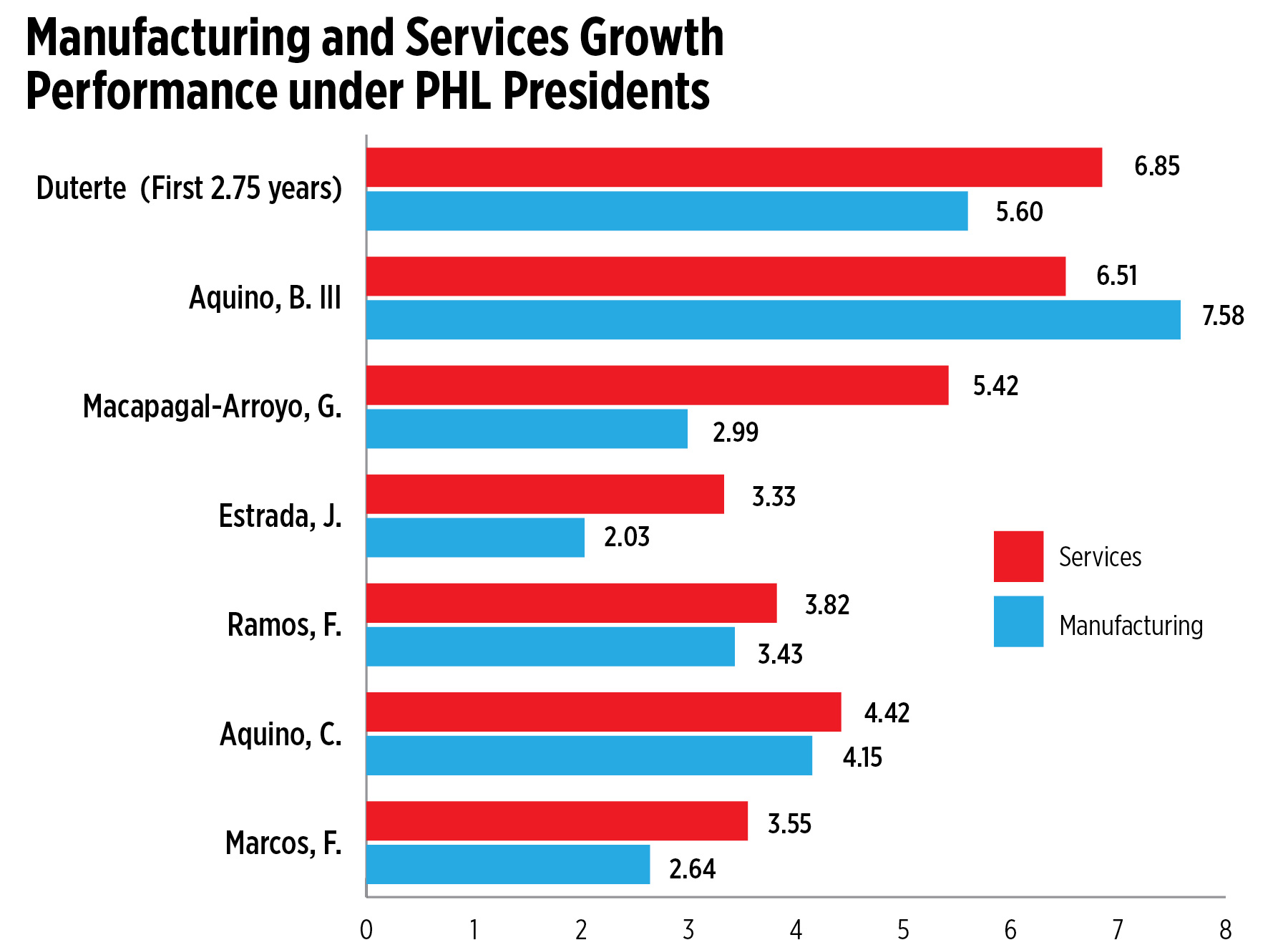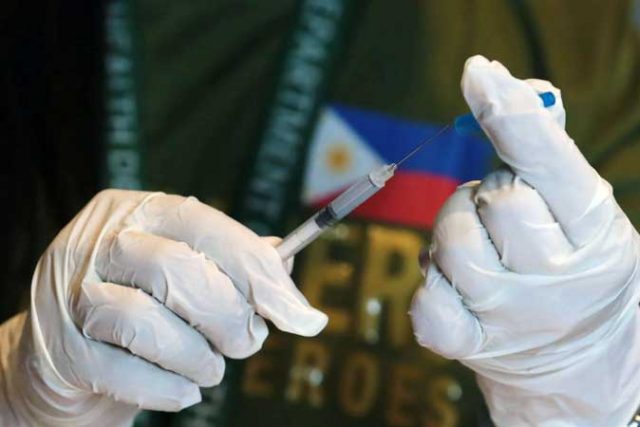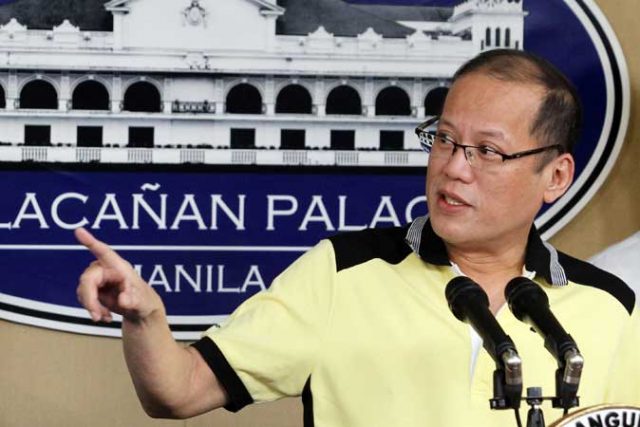Lessons from Mr. SyCip
Washington SyCip, Founder of SGV & Co., would have been 100 on June 30 this year. Well into his ’90s, Mr. SyCip stayed vital and many were confident that he would reach his centenary effortlessly because he had remained active — both physically and mentally — throughout his prolific life. When he suddenly died on board an airplane on his way to scheduled meetings in New York City, there was a collective reaction of disbelief, even if he was already 96 years old at the time.
For us in SGV, Oct. 7, 2017 would be “the day the music died” because in so many ways, Mr. SyCip was our rock star. He had a great following, he could command thousands to listen to him, he would get thunderous applause after he spoke, and there would be kilometric lines of people hoping to get selfies with him. However, the analogy ends there because Mr. SyCip’s career was obviously not in music; he was a business icon who contributed immensely to professionalizing Philippine accountancy and to advancing national development.
Mr. SyCip is the only person I know who had met all the Philippine Presidents from Manuel L. Quezon to Rodrigo Duterte. He met President Quezon as a young boy when he accompanied his father on a certain occasion. He had been a witness to milestones in Philippine history for nine decades, which included his active service during the Second World War in India as a cryptographer. He returned in 1946 to Manila, a city in ruins, and immediately set up his accounting firm because he knew that reconstructing the economy would require sound financial services. He was only 25.
A FATHER FIGURE WITH VISION AND PURPOSE
For the next 50 years of his life, Mr. SyCip saw the phenomenal growth of SGV from a one-person office to a multinational entity called The SGV Group, which had member firms in several countries. He helped establish the leading accounting firms in Taiwan, Thailand and Indonesia, among others. In the 1980s, when he saw that IT would heavily influence the office of the future, he made sure that SGV would have the necessary resources by collaborating with a global professional services firm. His mind, it seemed, was at least 20 years ahead of the present time; he had this unique gift of envisioning the world and how to make it a much better place.
With Mr. SyCip’s passing, we were orphaned but not abandoned — because as a father figure, Mr. SyCip had made sure that even without him, SGV would be able to maintain its stature. From the very start, he had already articulated his purpose for SGV and that is for the firm to aid in national development. One of his most frequently quoted statement goes, “SGV can only prosper if the nation prospers.” He instilled a discipline that fostered integrity, excellence and quality work. In turn, these became values that evolved into a culture that also includes meritocracy, inclusiveness and stewardship. Mr. SyCip ingrained in each of us that the firm was not owned by a single person and, for SGV to thrive, its current leaders must take good care of it for generations yet to come.
Propitiously, a year before his demise, SGV had undergone an institutional exercise in revisiting and articulating its purpose in terms that can be better understood by a younger generation. When all had been said and done, we reverted naturally to Mr. SyCip’s vision of contributing positively to national development. The updated 21st century articulation of that vision led to SGV’s Purpose Statement: To nurture leaders and enable businesses for a better Philippines. This is how we continue to carry out Mr. SyCip’s legacy in everything that we do.
However, it is not always an easy task to live that purpose. As simple as it sounds, there are multifarious and complex behaviors, skills, and relationships that impinge upon our Purpose. In trying to live that Purpose, I draw on four life lessons that Mr. SyCip impressed upon us.
The first lesson is to WALK FAST.
In a personal encounter I had with him, he told me to STEP ON THE GAS! The statement connotes speed, which is something that Mr. SyCip emphasized — to work quickly and diligently but with precision and accuracy. Time was valuable to him and wasting even a second was unacceptable. You had to be punctual and he practiced what he preached. Most of the time he would be the very first person in the office and when he called partners in their offices at 8 a.m. (the official start of work hours), they had better be there to personally answer his phone calls.
In the office, he would chide staff members if they took their time entering and exiting the elevators. In a calm but forceful voice he would say, “You are delaying the progress of the nation!” For him, there was never enough time to meet with people and read his issues of The Economist and voluminous reports. He led a frenzied work schedule with his calendar filled up for at least a year and a half; he would even have trips scheduled three years in advance. For Mr. SyCip, time was gold.
The second lesson is to EMBRACE CHANGE.
Needless to say, in his 96 years he had experienced the rise and fall of governments, trends in fashion, the evolution of technology and others. The accounting profession has traditionally been a conservative one but upon his retirement, Mr. SyCip discovered new things that awed him — like denim jeans, for example. He was in his 80s when he was presented his first pair of jeans which he found comfortable and suitable for traveling. In time, he took to wearing them to the office in bright colors too. He likewise owned a pink iPod following the recommendation of a granddaughter and would listen to his playlists of classical and Broadway musicals.
He enjoyed speaking with young people to find out what kept them preoccupied. He went to bars that they frequented and attended the concerts of Madonna and Taylor Swift. Mr. SyCip once dressed up as Jedi Master Yoda for an SGV event but only after he received a mini lecture on Star Wars and what it meant to be one with the Force. He loved the fact that Yoda was over 800 years old and still fighting menacing characters! For Mr. SyCip, one had to accept change in order to thrive in an ever-changing world.
The third lesson is to LISTEN TO OTHERS.
By listening to others, Mr. SyCip didn’t just listen to clients, government officials, diplomats and other business leaders. He also listened to the plight of the poor and uneducated, he listened to the problems of farmers and fishermen who could barely send their children to school, and he listened to struggling women who had difficulty making ends meet. It was in listening to others that Mr. SyCip was able to acquire the knowledge he needed to give sound advice. Hearing from others provided him with the wisdom that people sought.
Mr. SyCip was known to be an excellent speaker and while his voice was soft, I have witnessed how an entire auditorium would be hushed in complete silence once he started. Perhaps he was simply returning the favor of listening when he wasn’t the one doing the talking. For Mr. SyCip, listening was essential to human connectedness and problem solving. It was also basic good manners.
The fourth lesson is to NEVER STOP LEARNING.
The training program in SGV is legendary and it was Mr. SyCip who early on determined the need for continuous learning for staff members to progress in their careers and personal lives. He encouraged potential partners to pursue graduate school and earn MBAs either in foreign universities or at the Asian Institute of Management, which he co-founded. He would test partners of their knowledge of current events and if he found it lacking, the partner would be gifted with a subscription to The Economist. His advocacies later focused on education, particularly in advancing basic public education. He believed that it would be education that would eventually eradicate poverty.
Mr. SyCip had an unquenchable thirst for new knowledge because that kept him in touch with current issues. He would also use the information in giving advice to others. When a staff member’s son contracted dengue fever, he asked questions on its cause, care and recovery to the last detail. Why? So that he would understand its severity and why the staff member had to take a leave to personally care for her child. He found joy in gadgets even if he never learned to send text messages. Why? Because it made his assistants more accessible and saved him time. He relished all knowledge, whether it affected the global economy or a teenager’s fragile health. For Mr. SyCip, learning was a lifelong passion.
A LEGACY THAT GUIDES OUR PURPOSE
On his centenary, I now reflect on the enormous impact Mr. SyCip made on my life, and the lives of thousands who were fortunate to have known him. It is daunting to have been given the responsibility of leading almost 6,000 professionals amid the pandemic in a precarious moment in human history. I am indebted to Mr. SyCip for his lessons and his legacy that serve as guideposts toward our Purpose. It is now our turn to remind the next generation to walk fast, to embrace change, to listen to others and to never stop learning.
Thank you, Mr. SyCip.
This article is for general information only and is not a substitute for professional advice where the facts and circumstances warrant. The views and opinions expressed above are those of the author and do not necessarily represent the views of SGV & Co.
Wilson P. Tan is the Country Managing Partner of SGV & Co.




